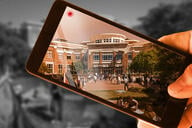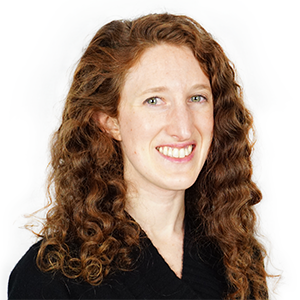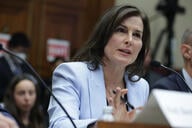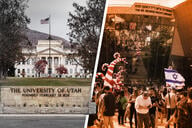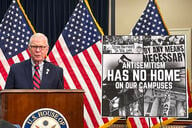You have /5 articles left.
Sign up for a free account or log in.
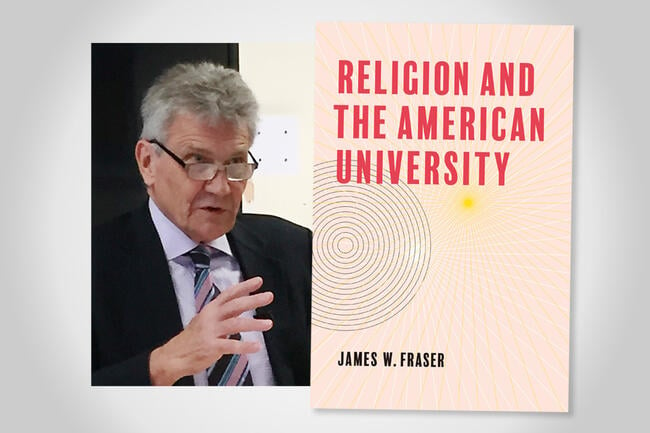
A new book by professor emeritus and minister James W. Fraser delves into American higher education’s religious roots.
Johns Hopkins University Press
Religion, particularly Protestantism, was central to the mission of the country’s first universities. Chapels were constructed at the center of campuses. University presidents, often devout, worried over the salvation of their students.
James W. Fraser’s new book, Religion and the American University (Johns Hopkins University Press), offers a detailed history of how religion’s role in higher ed has been upended again and again by transformative events, including the discovery of evolution, the emergence of biblical criticism, the Industrial Revolution and the advent of the modern-day research university.
It outlines how religion cropped up in students’ lives in new ways as they continued to grapple with moral and ethical questions and as various denominations and faiths vied for their attention and adherence. The book charts how the academic study of religion developed, how campus chaplains and religious student groups diversified along with student bodies, and how religious differences on campuses created new learning opportunities and tensions.
Fraser, a professor emeritus of history and education at New York University and a United Church of Christ minister, argues that while much of academe pushes religion to its periphery, today’s students are still concerned with questions of spirituality and meaning.
Fraser spoke with Inside Higher Ed about the new book. The conversation has been edited for length and clarity.
Q: Your book details massive changes in the role of religion in higher ed, from Protestant-dominated universities to institutions with more diverse student bodies and chaplaincies, and from religion-centric to more secularized. You describe a shift away from the idea of colleges that “transmitted knowledge” to colleges that “created new knowledge” as research universities came about. What do you think higher ed has gained or lost in these transitions?
A: There is no question that the transition from the old-fashioned teaching college to the research university has done a couple of really important things, not only for students but for society. One is that being able to invite students to be fellow researchers in the pursuit of knowledge is always a much better pedagogical approach than “You will learn this, and you will learn that,” and people can learn it and forget it pretty quickly.
I also think for all of us who criticize the research university, we have to remember all of the extraordinary accomplishments. Human life is twice as long because of medical research. Food supplies are much more plentiful because of agricultural research. Educational studies have helped more and more students learn how to read. The list goes on and on. The breakthroughs of the research university are huge.
In terms of what is lost, I think the clearest issue is in some ways described by Julie A. Reuben in The Making of the Modern University. The intellectual developments have gotten so much stronger than … attention to issues of meaning, purpose and belonging … Attention to issues of spirituality and faith have been marginalized significantly, and there’s certainly a norm in the research university now that scientific research—what you can count—counts the most. And what you care about and what you value count less. And that I find very problematic.
Q: You discuss in the book how today’s students have a deep interest in meaning-making and spirituality, if not religion, per se. Do you think it’s part of a college’s role to address that, and if so, how should institutions go about it?
A: I think it better be a part of colleges’ role, and I would say that for a couple of reasons. One is, asking questions of meaning, purpose, belonging, questions of faith, questions of morality, are pretty essential if we’re going to maintain and protect our democracy and our society in the 21st century. And if we simply say institutions are going to do this very specific kind of research and are going to teach professional skills, and we’re going to evaluate universities by how much money the students make when they graduate, we stop teaching about things that will sustain our society and will sustain human beings in the future. That’s a huge loss. The second issue is, I just think it’s stupid for universities to disregard student interest when it’s there. If students are interested in these things, we should find ways to talk about it.
I also think—and this is an issue explored in the book a lot—it’s often in the extracurricular areas that the students are able to pursue these [questions]. They pursue them with chaplains, they pursue them with their own individual groups, whether it’s Baháʼí Fellowship or InterVarsity Christian Fellowship. They find other ways … But I don’t think that lets faculty off the hook to develop the kinds of courses [that] let it be done as part of the regular academic curriculum. That’s what we do as professors, and that’s something we ought to offer our students. I think it’s cheap letting ourselves off the hook when we say, “Oh well, they’ll find it elsewhere.”
Q: In the book, you repeatedly highlight a tension within religious communities as to whether to invest in and urge students toward explicitly religious colleges or whether to prioritize building up religious infrastructure at unaffiliated colleges—like chaplains, Hillels and other religious student organizations. Do you think that tension plays out today, and if so, in what ways?
A: I think it plays out very much today. There are people who feel like their young people will only be safe in religious institutions. And there are other people who say, “No, let’s go to the best college we can find. Let’s go to the best state university we can find.”
I have a bias. I favor the religious groups that are finding ways to make a place for themselves in the larger universities. As a conclusion of this book, I talk about Baylor University, which is trying so hard to do both—to both be a religious school and a Research-1 university. And I wish them luck. I admire them. And I think it’s going to be more difficult than they think it’s going to be.
But I think that for many universities … religion finds its own place on the margins, and that can be with chaplains, that can be with student groups. But students care about these issues, and they’re not going to disappear.
Q: The book touches on the beauties of campus religious diversity but also some of the challenges, including the ways that campuses have been rocked by the October 2023 attack on Israel by Hamas and Israel’s invasion of Gaza. Since then, campus antisemitism has been a flash point for the Trump administration’s dealings with higher ed and institutions have been penalized for how they’ve handled pro-Palestinian protests. Having watched how these issues played out, is there anything you would have added to the book on the topic?
A: I mentioned it in one paragraph in the end because it was just going to press, but I would have done a lot more with the challenges that religious diversity [brings]. We live in a world where the Trump administration is attacking diversity, and yet religious diversity is a kind of diversity. Chaplains are telling me they’re feeling tensions about that.
I think the violence, particularly since the Hamas attack on Israel and Israel’s response in Gaza, has set student against student in a way that is going to take decades to recover. Whether you’re a Jewish chaplain or a Muslim chaplain or a chaplain of some other faith, trying to deal with that, with that kind of student pain and student anger and student lashing out and student response, is making it very difficult. Discussions about religion are more difficult than they were two years ago.
And the same is true for religious studies. We’ve seen several examples of religious studies professors who have gotten in trouble. One got in trouble for showing a picture of the Prophet Muhammad in class when some interpretations of Islam say you can’t do it. Another professor lately, who The New York Times profiled, got fired. She was a Jewish professor, but she was outspoken in defense of Gaza, the Palestinian population, and she got fired for it. These things are going to happen. And the pressure on universities—a couple of chaplains have told me they feel like the administration is looking over their shoulders in a way that was not true two years ago and asking, “What are you saying to the students? What are they praying about? Why do we need this kind of disruption?”
I was talking to one of my [former] students, a current chaplain, and he said that this last year has been the most difficult of his decades in chaplaincy. I think that’s not rare.
Q: You focus a sizable chunk of the book on the role of religion at public universities, which aren’t necessarily the first institutions that come to mind when we think about higher education and religion. Why was it important to you to include these institutions and make them a focus?
A: The obvious answer is the majority of American students go to public universities, by far. And to do a study of any aspect of American higher education that ignores public universities is simply silly. I’ve read some other studies that I thought were very thoughtful about religion that didn’t include public universities, and I thought, “But that’s where the students are. We’ve got to do that.”
The second issue is, I found public universities’ relationship with religion very interesting and far more complicated than I thought. In the 1880s, University of Illinois expelled a student for not attending chapel. As late as the eve of World War II in 1939, a quarter of state universities had chapel services—not always required, but they offered them. So, state universities were … pretty much generic Protestant institutions until really the 1960s, 1970s. Faculty culture wasn’t particularly religious in the way it was in the 19th century, but the campus culture and the campus assumptions were.
The other thing I found is that there’s a wily religious life on state university campuses of one sort or another. It’s often led by chaplains working around the margins, and they feel marginalized, but they’re also very effective working around the margins … I was intrigued.
[For example,] I was intrigued by the University of Nevada, Reno, a public university barred by the state Constitution from supporting religion, but it fosters dialogue. I wish more universities were willing to do that. They hosted a conversation on the role of women in religion [in partnership with a local synagogue]. A public university cannot take a stand—we favor this or we favor that—but they don’t need to be afraid of hosting conversations on a variety of topics … That engages with the community. I think universities hold back from engaging with communities on all sorts of issues, but they certainly hold back from engaging with religious communities.

